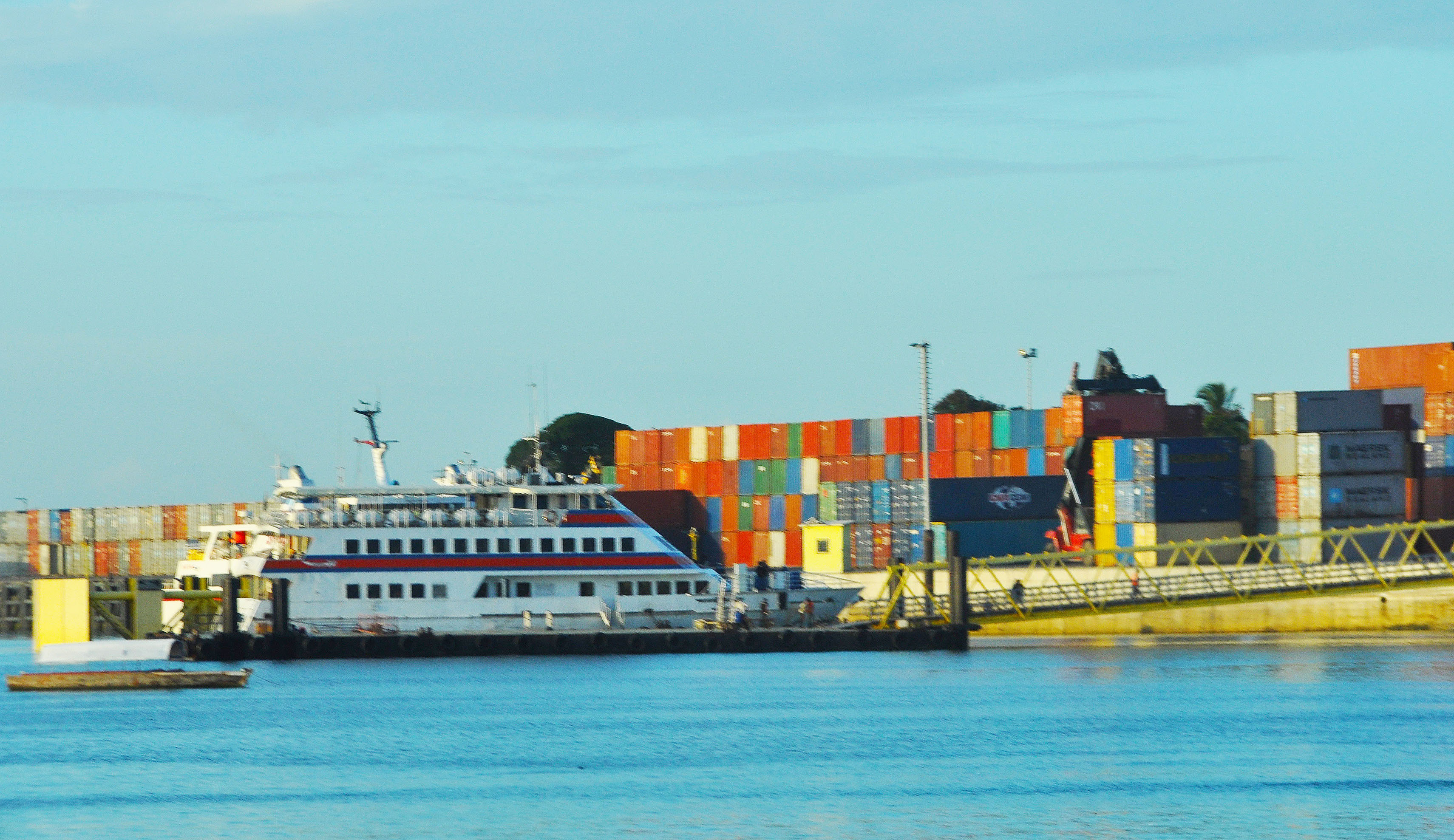African Continental Free Trade Agreement
Africa, the Continent of Integrated Markets

Almost unnoticed by the global economic community, we may have witnessed in Africa the birth of the largest free trade zone in the world.
The most innovative and most challenging strategy of the African Union (AU) is the African Continental Free Trade Agreement (AfCFTA) which came into effect in May 2019. This gigantic inter-regional initiative comprises the 54 African countries. In a single market of 1.2 billion, people trade barriers shall be removed. Hopes are that trade will boost intra-african trade by roughly 50%.
The ACFTA is part of the flagship of the Agenda 2063 of the AU, a continental masterplan for transforming Africa into the global powerhouse. This is pure pan-Africanism and the mission is clear: I am not free until everyone is free. Africa is ready to build the Africa that Africans want.
Regional integration being on top of the agenda of the Kenyan government, it was one of the first countries to ratify the agreement. Kenya sees integration as a main trigger to push economic growth. In contrast, President Magufuli of Tanzania has signed the agreement but is still reluctant to ratify. He follows the policy of economic nationalism thus impeding economic growth.
Regional organisations such as the „Southern African Development Community“ (SADC) and the „Economic Community of West African States“ (ECOWAS) pushed regional integration on a smaller level. The East African Community (EAC) of Burundi, Kenya, Rwanda, South Sudan, Tanzania and Uganda is one of the most successful amongst them: in 2010 a common internal market was created and by 2024 a monetary union shall follow. Nonetheless only about 12 % of trade is estimated to be intraregional between sub-Saharan African countries, making the continent the one with the lowest intraregional trade volume of all.
Why does integration lead to prosperity and peace?
Regional integration opens the door to intra-African and global values chains, promoting transformation of countries and offering mainly unprocessed goods to industralised ones. Ultimately they become suppliers of valuable goods for the global market.
Not only does an increase in trade result in rising trading volume and finally higher income. It also extends African markets making them more attractive for direct foreign investment.
Up to 70 % of the population in African countries are under the age of 35. Integrated markets provide freedom of movement and trade liberalisation at the same time offering the potential of creating decent jobs especially for the youth.
Last but not least no one goes to war against trading partners. Integration contributes to sustainable peace. The European Union is the best example of how to overcome cultural, religious and ethnic differences.